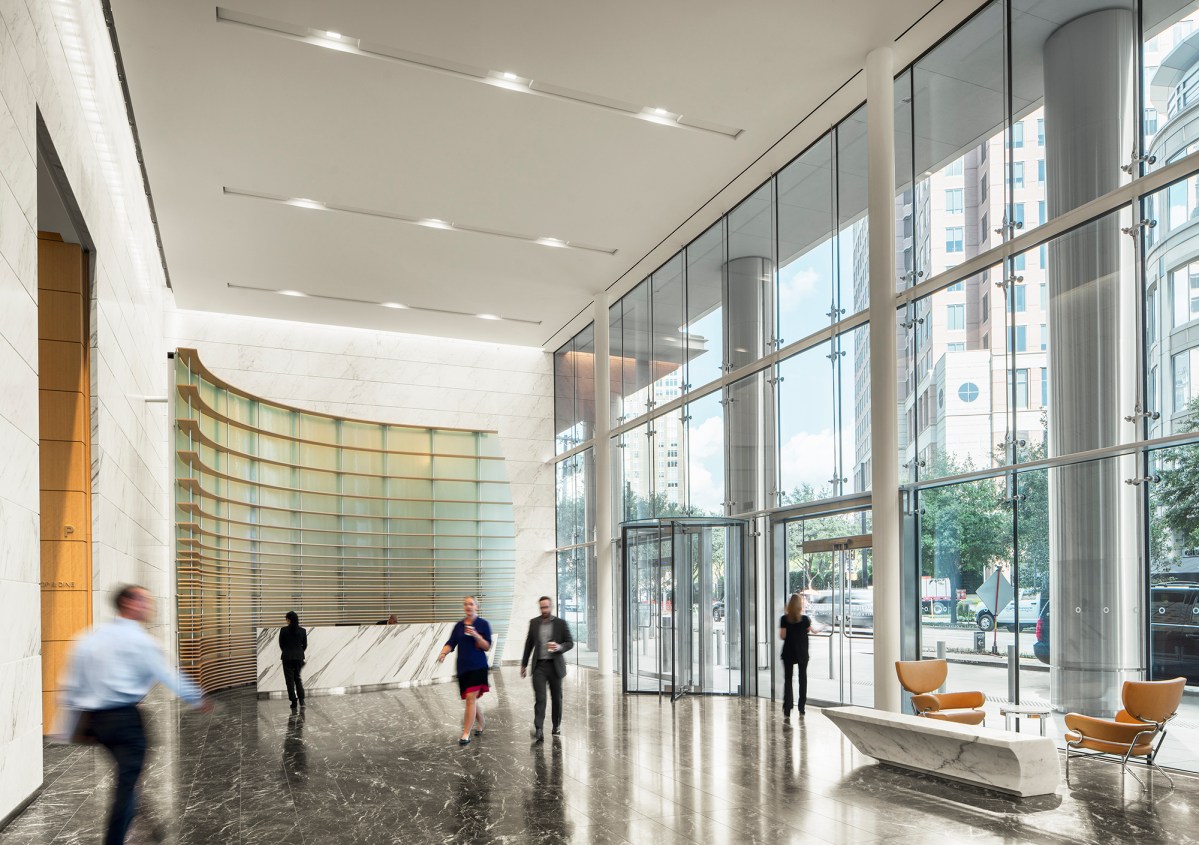
Businesses are ditching traditional office design in support of innovative spaces focused on employees' wellness
There are reasons why headquarters of tech giants like Google and Facebook create a lot buzz among business elites and the new wave of millennials searching for work. Large windows show green spaces and sun light; art and inventive motivation are plastered round the walls; employees have a sense of treatments for their workspace-like riding a scooter down the hall while on break: these environmental elements can improve a worker's productivity and sense of wellbeing. Healthier, happier employees can seriously affect a business's main point here.
For a long time, buildings from offices to hospitals were designed with efficiency in mind instead of the individuals who fill their halls. Norma Lehman, an old interior designer, is currently the Director of Sustainability at The Beck Group. The Beck Group, a Dallas-based architecture and construction firm, focuses on designing and building spaces that foster wellness and sustainability such as the Nasher Museum and Sundance Square in Fort Worth.
\”The topic of health and wellbeing is a big national trend, and there is a renewed focus from corporations,\” Norma explains. \”It goes past savings from medical and healthcare costs. Corporations are becoming savvy, realizing that the healthiness of their employees affects the bottom line. Less sick days means more productivity. There's less turnover, and when recruiting the very best and brightest, [businesses] need to stand out. Having an environment according to employee wellbeing is really a method of doing that.\”

The notion that one's environment can seriously impact an individual's health can be traced to the \”View from a Window\” study by environmental psychologist Roger Ulrich, published back in 1984. Ulrich explored whether taking a look at an outdoor via a window, instead of a brick wall, could help hospital patients heal faster from surgery or other illnesses. Spoiler: it will help a great deal. Patients looking at green spaces not just healed quicker, but needed less pain medication and had fewer postsurgical complications.
\”I can't emphasize enough the connection of nature to people,\” Norma says. \”We feel better when we're connected to nature, whether that's through water, plant life or animals.\” This is the philosophy behind biophilic design-humans inherently seek connections with nature-which The Beck Group incorporates to their buildings.

Other influential studies have shown more diffused sun light can improve test scores in students and that art can increase productivity and sense of wellbeing.
\”The type of art, the color, the design and style definitely affect outcomes too,\” Norma explains. \”You could be energized by art; you can be disturbed or calmed because of it. There's situations in which you need energy and also you want art that's more lively and colorful, but other situations, just like a recovering patient, you want soothing art. It's also important that the skill is recognizable; it's not necessary to evaluate which it's.\”

While the tangible design elements-natural light, use of green space, art-seem like obvious stuff that improve wellness, a less tangible factor can also reap health advantages: autonomy. A study Norma cited put different employees into three types of work stations: one without a penny but work equipment, another one with a plant and bit of artwork, and a third that also had the guarana plant and art, however this employee was permitted to rearrange the workstation.
\”The expanded study where employees controlled their space-they doubled their productivity and sense of wellbeing,\” Norma says. This is one good reason the reasons Beck Group designs put task lights at employee's stations, rather than harsh overhead lights. \”Everyone receives a task light at their work station so that one, they can control it, and two, they get just as much light because they need, because everyone is different. When we're in charge of the environment we're happier.\”

The next factor designers are exploring? Circadian rhythm.
\”One new area we're exploring is circadian rhythm, that is how we sense external cues like sunlight,\” Norma explains. \”My daughter is really a nurse around the night shift, so her body clock is off. If the lights in her own hospital can be tuned at the beginning of her shift so she's up and alert at night time but gradually change, like the sun, it informs her body to start winding down so she will sleep better. Basically exactly what the Night Shift application can do on iPhones.\”
From a bit of artwork, to some plant, to a desk lamp, making your projects environment a healthier place can perform you-and your business-a good deal of good.

